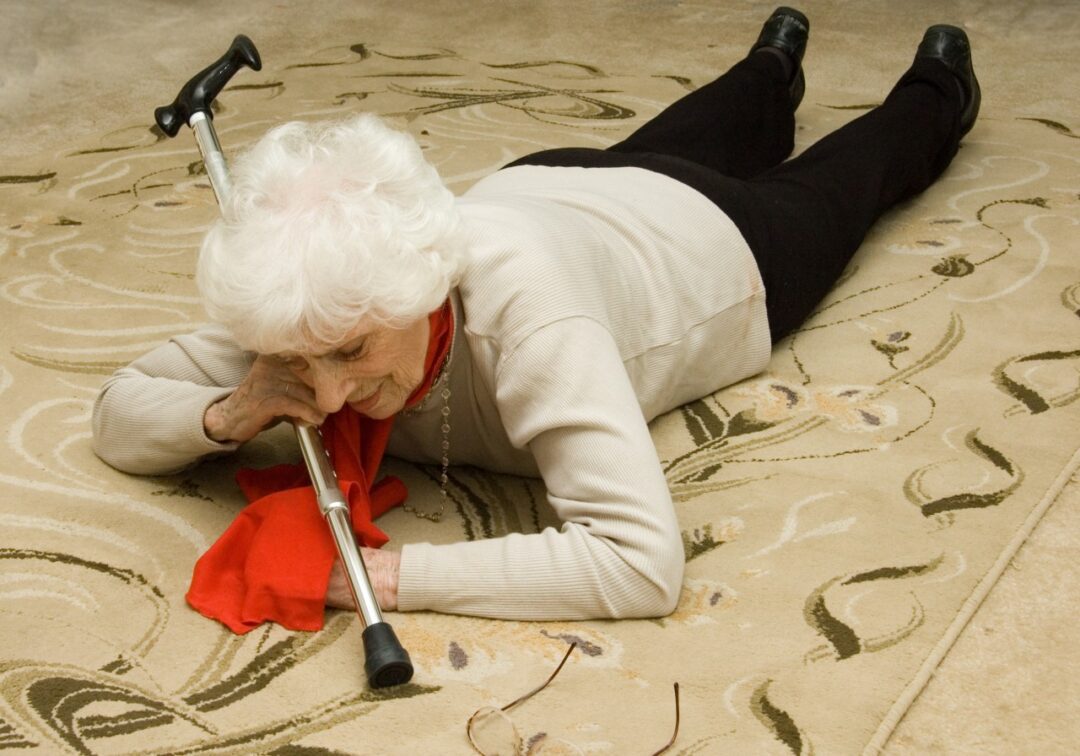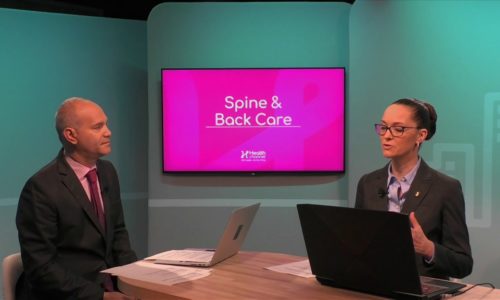What steps should be taken to prevent falls among the elderly? |

It is estimated that each year, one out of three adults over the age of 65 is involved in an unintentional fall. To understand the seriousness of this, here are a few statistics from the Centers for Disease Control:
- Among older adults, falls are the leading cause of injury related death. In 2009, unintentional fall injuries accounted for about 20,400 deaths.
- In 2010, 2.3 million nonfatal fall injuries among older adults were treated in emergency departments and more than 662,000 of these patients were hospitalized.
- In 2010, the direct medical cost of falls, adjusted for inflation, was $30.0 billion.
- Over 95% of hip fractures are caused by falls. In 2009, there were 271,000 hip fractures and the rate for women was almost three times the rate for men.
- Many people who fall, even if they are not injured, develop a fear of falling. This fear may cause them to limit their activities, which leads to reduced mobility and loss of physical fitness, and in turn increases their actual risk of falling.
Many measures to reduce the incidence of falling in the elderly have been proposed including:
- Assessing for medication side effects or interactions that increase the risk of falling.
- Engaging in exercise programs to improve strength, balance, and flexibility.
- Wearing proper footwear with low heels and non-slip soles.
- Removing home hazards, such as throw rugs, loose electrical cords, and low tables.
- Using assistive devices, such as grab rails on the tub and toilet.
- Having regular eye exams to check for age-related problems, such as cataracts and glaucoma.
- Making sure that walking areas outside the house are clear of obstacles and are well lighted.
While all of these measures seem to have merit, a recent review of 159 studies on interventions to prevent falls in the elderly performed by the Cochrane Collaboration has helped to determine those interventions that are most likely to reduce the number of falls.
Multiple-component exercise. Fifty-nine trials involving over 13,000 participants confirmed the effectiveness of multiple-component exercise programs in reducing falls and the risk of falling. Multi-component exercise programs included a combination of two or more categories of exercise, such as strength training, balance training, tai chi, or cardiovascular activity. Such programs were effective whether delivered in a group setting or at home. Overall, multiple-component exercise programs were more effective than those incorporating only a single component, such as weight training. An exception to this was a program involving the ancient Chinese mind-body practice of Tai Chi which did significantly reduce the risk of falling.
Home safety assessment. This type of intervention, aimed at identifying and addressing potential hazards in the home setting, was found to be effective in reducing rate of falls and risk of falling. Examples of home hazards include inadequate lighting in a hallway, a loose throw rug, and absence of grab rails in the bathroom. Following the assessment, steps are taken to address the identified hazards. There was evidence that these assessments were most effective when performed by Occupational Therapists, rather than by other health professionals or community volunteers.
Effective interventions for specific groups. In elderly individuals with a condition affecting the heart rate known as carotid sinus hypersensitivity, implanting a heart pacemaker significantly reduced falling. Cataract removal surgery was found to reduce the rate of falling in women. In individuals who walk outside when conditions are icy, wearing an anti‐slip shoe device (e.g. Yaktrax® walker) was associated with fewer falls. Individuals involved in outdoor activities sustained fewer falls when they traded their multifocal glasses (i.e. progressive lenses) for single lens glasses. Gradual withdrawal of psychiatric medication and patient-specific modification of drug prescription both reduced falls.
Interventions not found to be effective. In the Cochrane review, interventions of much less or no significance in reducing falls or the risk of falling included: vitamin D supplementation, hormone replacement therapy, programs to increase knowledge about fall prevention, and fluid or nutrition therapy.
In summary, the two interventions from the Cochrane review that stood out for reducing falls in the elderly were multi-component exercise programs and home safety assessments, preferably done by an Occupational Therapist. These and other measures appropriate for specific individuals can help in reducing this largely preventable problem.
If you have any more questions just Ask Hanna, our health advisors are here to help.
Image: ©Shutterstock / stephen rudolph








